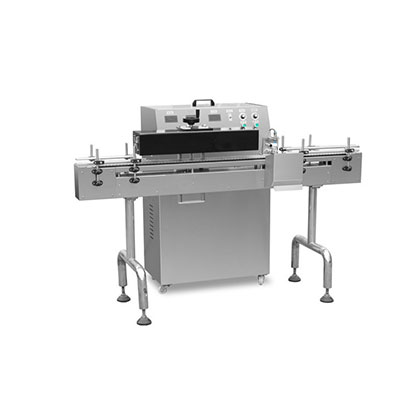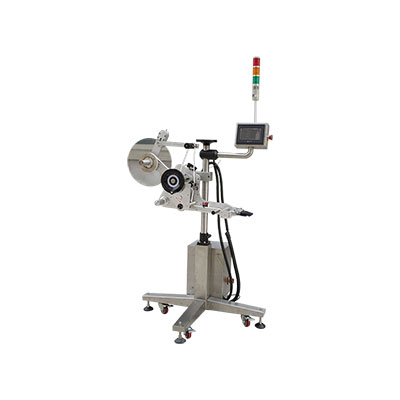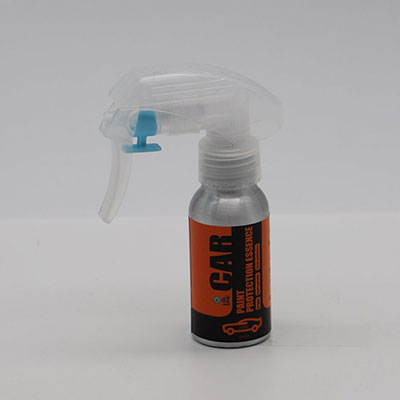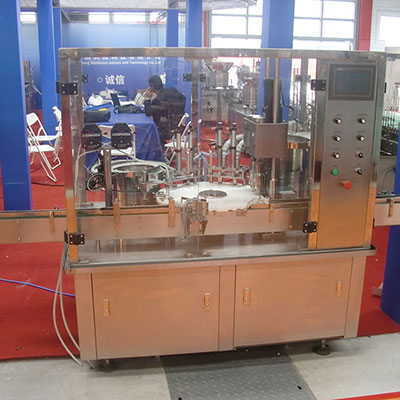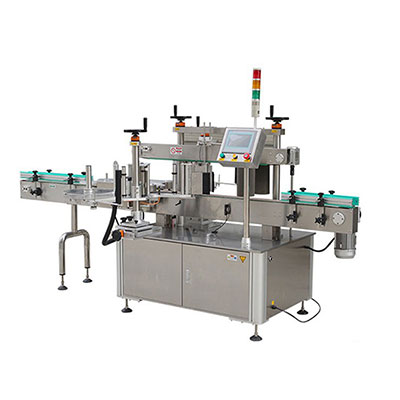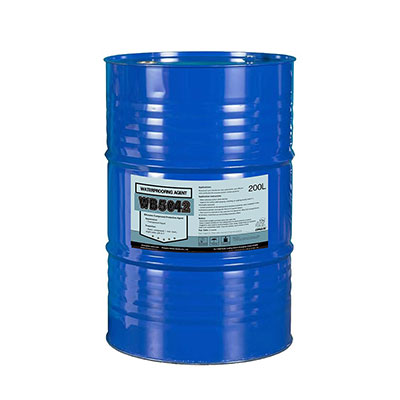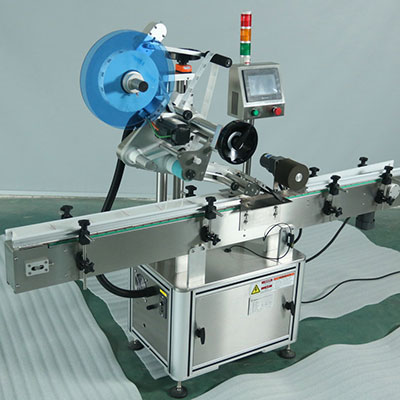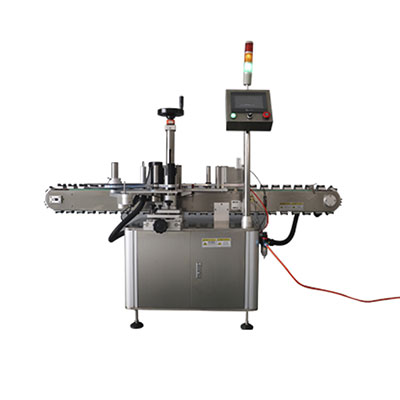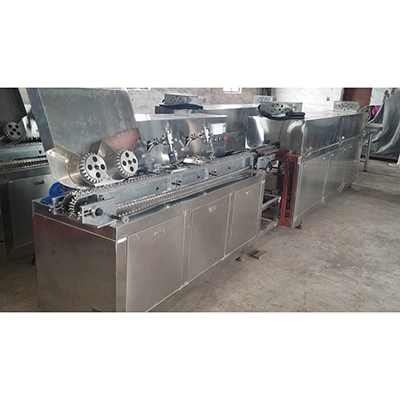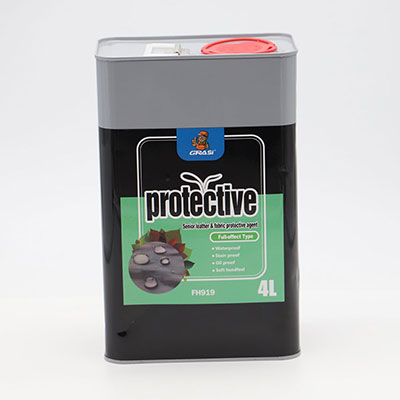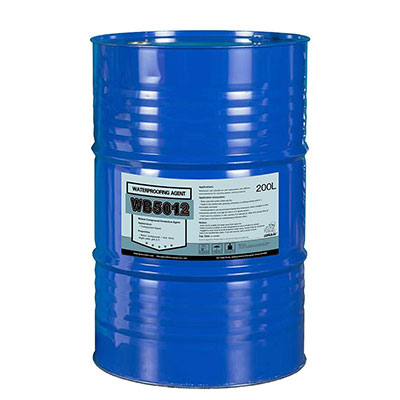100 Ton Crude Oil Refining Equipment
1. Energy Saving
a. The 100 ton crude oil refining equipment employs continuous pyrolysis distillation technique. The non-condensable gas is used for heating the furnace, both saving energy and reducing waste gas emission.
b. The double stage heat exchange system helps not only to undertake part of the cooling water's work, but also lower the gas temperature and save a lot of thermal energy.
c. With the pyrolysis furnace being heated directly, heat conversion or loss is avoided, contributing to a high heat utilization rate.
d. The refining equipment adopts continuous working mode, making it unnecessary to stop or open furnace when it is running, thus improving the working efficiency dramatically.
2. Environmentally Friendly
a. To reduce exhaust emission as much as possible, all of the waste gas produced in pyrolysis will be burnt as fuel. The smoke will be released passing through a dust removal desulfurization and purification device.
b. The water is used cyclically, realizing zero wastewater discharge.
c. The whole production process is operated under a fully sealed environment to prevent unintentional gas emission.
3. High Safety
a. The refining equipment is equipped with 3 devices to ensure the system's safety during backfire of non-condensable gas: water sealed tank, fire arrester, and gas burner.
b. Instruments like thermometer, pressure gauge, and level gauge are set to test the working state of the refining equipment in real time.
c. Auto control system is optional upon request to ensure the security of system, reducing the labor density and cutting on total cost.
4. High Efficiency
With the continuous pyrolysis technique, the oil is heated and then cracked into gas, which will volatilize in a large space. The continuous feeding and discharging has effectively avoided the damage caused from the crystallization of oil under high temperature.
5. Wide Applications
This kind of oil refining equipment is able to deal with petroleum, waste engine oil, waste tires, and waste plastics, among other waste materials.
Applicable raw material
Petroleum, crude oil etc.
Model
100 Ton Crude Oil Refining Equipment
| Raw material | Daily processing capacity | Working style | Oil yield (at least) | Pressure | Power | Noise dB (A) | Cooling method | Fuel | Installation | Acreage | Final product |
| crude oil | 100t | continuous | 85%-95% | atmospheric pressure | 100KW | ≤85Db(A) | water cooling | coal, natural gas, fuel oil, wood | under our instruction | 45*145mm | non-standard diesel |
Working Principle
The 100 ton crude oil refining equipment puts the oil to be deeply processed into the pyrolysis furnace with an oil pump. Under atmospheric pressure, the oil is heated and condensed into petrol and diesel through a distillation tower. The non-condensable gas will be sent to the furnace as fuel by water sealing device and flame arrester. In this way, the thermal energy is utilized effectively. The residues are discharged regularly.
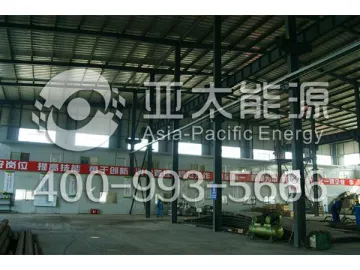
Process flow diagram
1. Petroleum
2. Column heat exchanger
3. Gas-gas heater (GGH)
4. Dehydrating tower
5. Pyrolysis furnace
6. Distillation column
7. Asphalt
8. High altitude emissions
9. Exhaust purification
10.Water
11. Heat
12. Combustion
13. Gasoline
14. Final diesel
15. Non-condensable gas
Main components
Heating system, Pyrolysis system, Distillation system, Circulating water system, Electronic control system, Condensing and cooling system, Pressure and temperature alarming system, Waste residue combustion system, Exhaust reverse flow combustion system, Exhaust gas treatment system
Links:https://www.globefindpro.com/products/51637.html
-
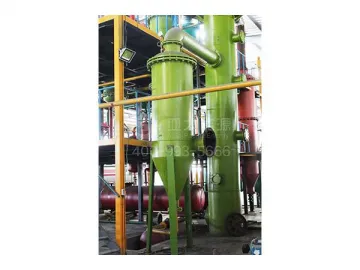 Flue Gas Solid Liquid Separation Equipment
Flue Gas Solid Liquid Separation Equipment
-
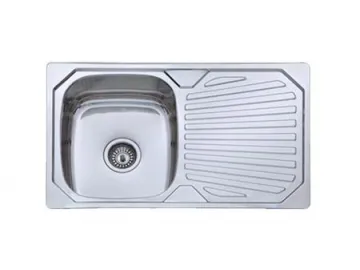 BL-843 Single Bowl Satin Finish Stainless Steel Kitchen Sink
BL-843 Single Bowl Satin Finish Stainless Steel Kitchen Sink
-
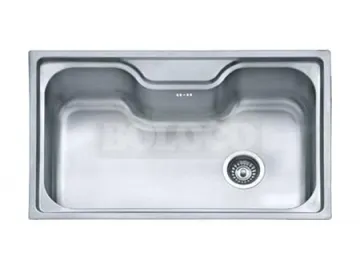 BL-626 Stainless Steel Single Bowl Kitchen Sink
BL-626 Stainless Steel Single Bowl Kitchen Sink
-
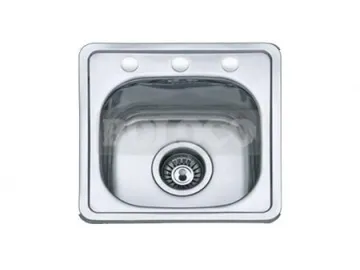 BL-609 Single Bowl Stainless Steel Kitchen Sink
BL-609 Single Bowl Stainless Steel Kitchen Sink
-
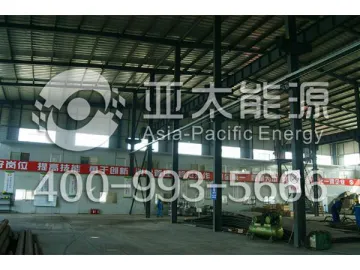 50 Ton Crude Oil Refining Equipment
50 Ton Crude Oil Refining Equipment
-
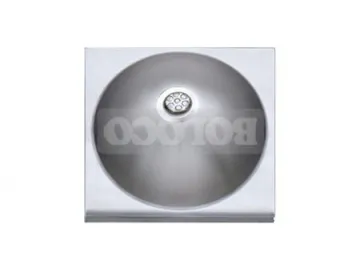 BL-620 Round Single Bowl Stainless Steel Kitchen Sink
BL-620 Round Single Bowl Stainless Steel Kitchen Sink
-
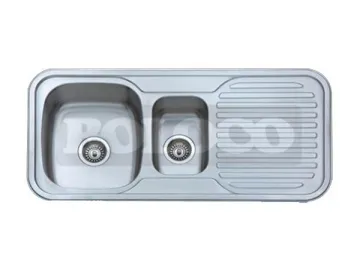 BL-861 Large and Small Bowl Stainless Steel Kitchen Sink
BL-861 Large and Small Bowl Stainless Steel Kitchen Sink
-
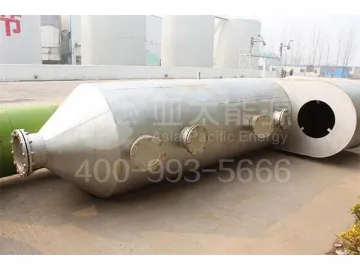 Flue Gas Desulphurization and Dedusting Equipment
Flue Gas Desulphurization and Dedusting Equipment
-
 BL-844 Undermount Single Bowl Stainless Steel Kitchen Sink
BL-844 Undermount Single Bowl Stainless Steel Kitchen Sink
-
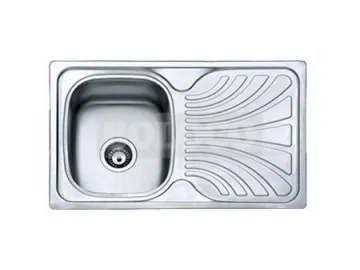 BL-824 Stainless Steel Drainboard Kitchen Sink
BL-824 Stainless Steel Drainboard Kitchen Sink
-
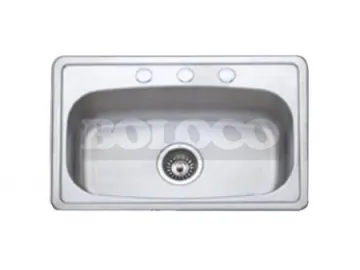 BL-607 Single Bowl Stainless Steel Kitchen Sink
BL-607 Single Bowl Stainless Steel Kitchen Sink
-
 BL-845 Stainless Steel Single Bowl Kitchen Sink
BL-845 Stainless Steel Single Bowl Kitchen Sink
